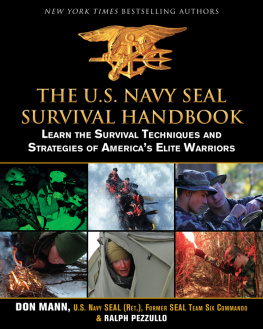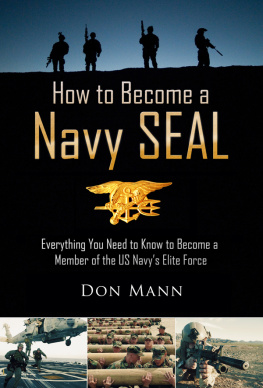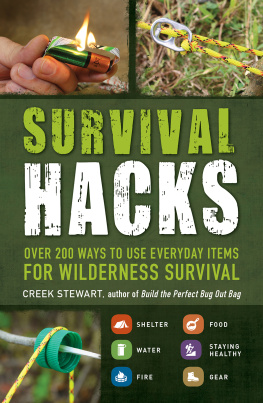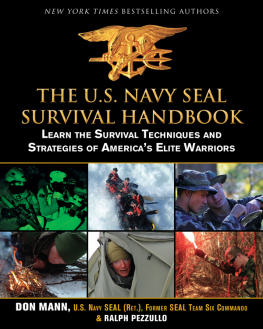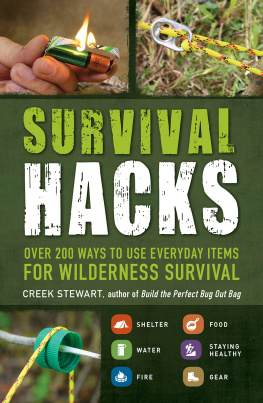The U.S. Navy SEAL
Guide to
Survival at Sea Secrets
Learn the survival techniques and
strategies of americas
elite warriors
Don Mann
and Ralph Pezzullo
Skyhorse Publishing

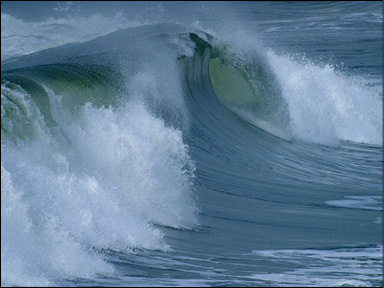
Water covers approximately seventy-five percent of the earths surface. Seventy percent of that is made up of seas and oceans. Assuming you will cross these vast expanses of water in your lifetime, theres always a chance that a crippled boat or aircraft will make you lost at sea.
Survival at sea is especially challenging and will depend on the rations and equipment you have available, your ingenuity, and your will to survive. You can expect to face waves, high winds, and possibly extremes of heat and cold.
Learn How to Use Available Survival Equipment
Whether traveling by boat or plane, take time to familiarize yourself with the survival equipment on board. Find out where its stowed and what it contains. Ask yourself: How many life preservers, lifeboats, and rafts are there? Where are they located? Are they stocked with food and medical equipment? Familiarize yourself with exits and escape routes.
Aircraft
If youre in an aircraft that goes down at sea, get clear and upwind of the aircraft as soon as possible. Stay in the vicinity of the aircraft until it sinks, but clear of any fuel-covered water in case it catches fire.
Look for other survivors. If theyre in the water and youre in a lifeboat or raft, throw them a life preserver attached to a line, or send a rescuer from the raft with a line secured to a flotation device that will support the rescuers weight (and help that person conserve energy). Its very important that the rescuer always wear a life preserver.
Be careful how you approach a panic-stricken person. Try to approach any survivor who needs to be rescued from behind. If possible, grab the back strap of the survivors life preserver and pull that person to the closest available lifeboat or raft by swimming sidestroke.
If youre alone in the water and no rafts are available, find a large piece of floating debris and try clinging to it or even using it as a raft.
Understand that floating on your back expends the least amount of energy. Spread your arms and legs, arch your back, and lie down in the water. Your bodys natural buoyancy will keep the top of your head above the water. If you relax and breathe evenly in and out, you can keep your face above water and even sleep in this position for short periods of time.
If youre unable to float on your back or the sea is too rough, float facedown in the water.
Get to a raft or lifeboat as quickly as possible.
Once youre in a raft or lifeboat:
1.Give self aid and first-aid if necessary to others onboard.
2.Take seasickness pills, if available, by placing them under your tongue and letting them dissolve . Remember that vomiting caused by seasickness increases the danger of dehydration.
3.Salvage all floating equipment, including rations, containers, clothing, seat cushions, parachutes, or anything else that can be useful . But make sure that these items contain no sharp edges that can damage or puncture your lifeboat or raft.
4.If youre in the vicinity of other rafts or lifeboats, lash them together so that theyre approximately 7 meters apart . That makes it easier for an aircrew to spot you.
5.Use all electronic and visual signaling devices to make contact with rescuers.
6.Check to see if theres an emergency radio or other signaling devices onboard . If so, activate it immediately . If youre in enemy territory, use these devices only when you think friendly aircraft are nearby.
7.Wipe away all fuel that might have spilled on the raft because petroleum will weaken the raft and erode its glued joints.
8.Check the inflation of your raft regularly . Chambers should be full, but not tight . Remember that air expands in heat . So on hot days, air might have to be released, and the chambers inflated in cooler weather.
9.Try to stay close to the crash site so that youre easier to locate by rescuers . You can do this by throwing out the sea anchor or by improving a drag with a bailing bucket or a roll of clothing . When you deploy the sea anchor, make sure that its open because a closed anchor will form a pocket that will help propel the raft with the current .
10.Wrap the anchor rope with cloth so it doesnt chaff the raft.
11.Keep your raft as dry as possible, with everyone seated, and the heaviest passenger in the center.
12.Waterproof items that might be affected by saltwateri.e., watches, compasses, matches, and lighters.
13.Ration food and water.
14.Together with the other survivors, take stock of your situation and supplies, and plan for what its going to take to survive.
15.Assign duties to each personi.e., water collector, lookout, radio operator, bailer.
16.If youre in unfriendly waters, wait until nightfall before paddling or hoisting a sail . Be sure aircraft are friendly before trying to signal and get their attention.
17.If youre in a cold climate, rig a windbreak, spray shield, and canopy . Stay dry and insulate your body as much as possible, including protecting yourself from the cold bottom of the raft . Huddle with others to stay warm . Remember that hypothermia occurs rapidly when youre immersed in cold water because of the decreased insulating value of wet clothing.
18.If youre in a hot climate, rig a sunshade or canopy, leaving room for ventilation . Cover your exposed skin and protect it with sunscreen if available.
Boat
If you have a supply of food, fishing equipment, and fresh water, you can survive for a long time in a boat. If you dont have enough fresh water, make a rainwater collection system with a tarp or raincoat that runs into a container. Or simply place collection containers on the deck during rainy weather. Drink at least a liter of fresh water a day, fish a little, and try to relax.
Life Raft
Life rafts are a lot like boats but have a greater chance of sinking due to punctures, leaks, rips, or defects. Modern life rafts are durable and come well-equipped for emergencies. They can range from a one-man raft to larger 25-man rafts. Theyre usually equipped with some combination of the following:
- Covered deck
- Paddles
- Insulated flooring
- Bailing buckets
- Ladders
- Flares
- Water collection pouches
- Signaling mirrors
- Reflective tape
- Fishing kits
In the Water
If youre in the water without a boat or raft, you have your work cut out for you. Wear an inflatable safety vest, if available. It will keep you floating. If youre in cold water, pull your knees to your chest, which will help your body retain heat and resist hypothermia.
If you cant swim well but need to cross a large body of water, use your pants as a flotation device. Simply remove your pants, tie off the legs, then allow them to fill them with air (a skill often taught in U.S. military boot campall services). Raise the pants over your head in the water and theyll act like a life jacket.
Drinking Water
Drinking water is vital to your survival. With it alone, you can survive for ten days or more. When you consume it, wet your lips, tongue, and throat before swallowing.
Protect your freshwater supplies from saltwater contamination and use it efficiently. Calculate daily water rations by measuring the amount of fresh water you have, the output of solar stills and any desalting kit, and the number and physical condition of the people on your lifeboat or raft.


